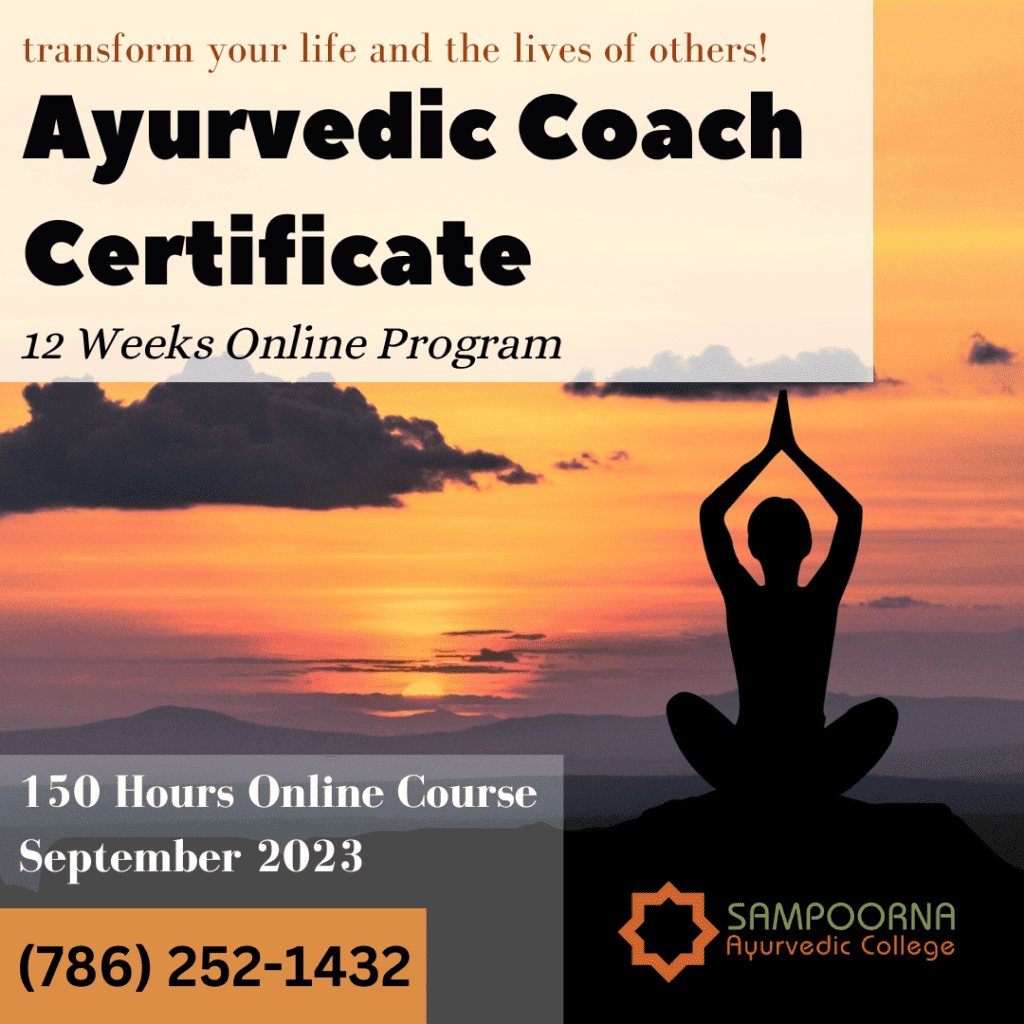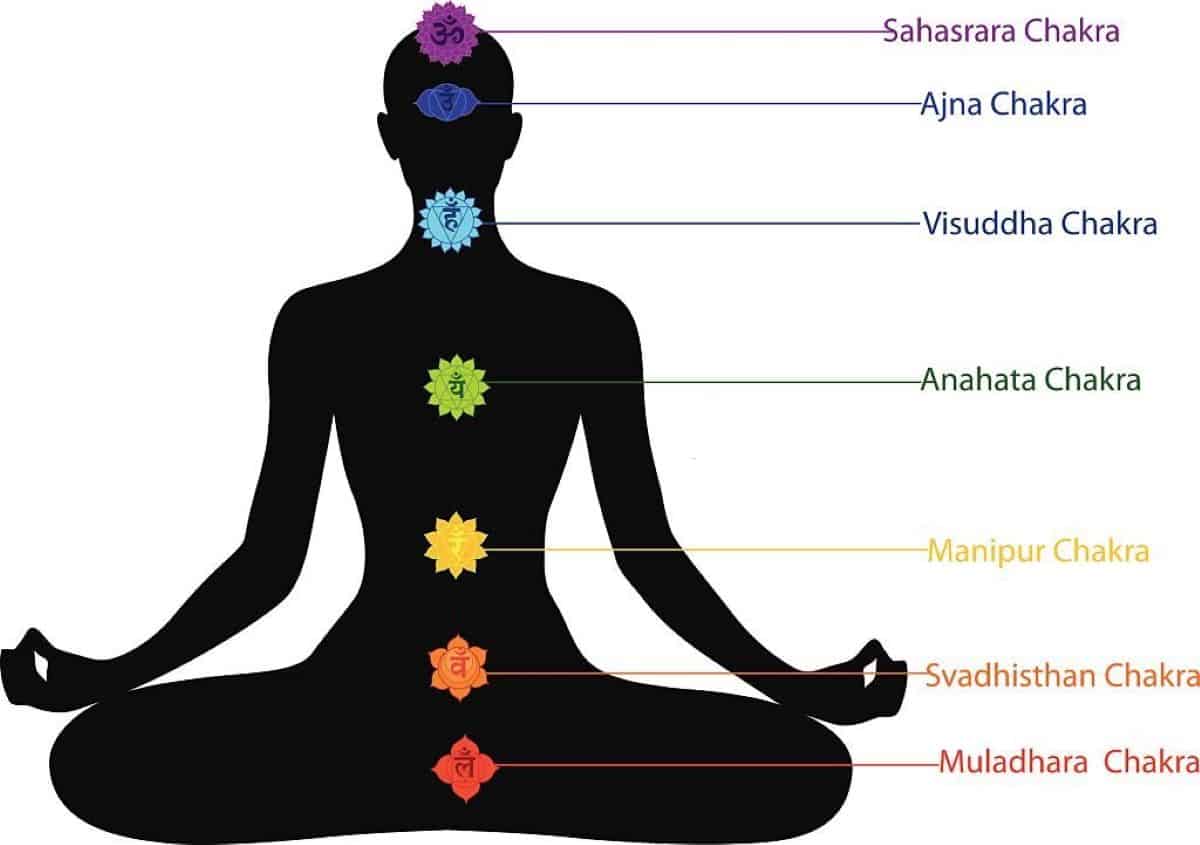Kundalini is a concept in Indian spiritual traditions, particularly yoga, tantra, and meditation. It refers to a form of latent spiritual energy believed to reside at the base of the spine, coiled like a serpent. In its complete expression, Kundalini Shakti is the term used for the true supreme awakened power.
The awakening of Kundalini energy is considered a powerful and transformative process that can lead to spiritual growth, expanded states of consciousness, and self-realization.
However, it is essential to approach Kundalini awakening with caution and guidance from an experienced teacher. It can sometimes lead to challenges such as Kundalini syndrome if improperly managed.
This comprehensive guide will explore this spiritual phenomenon’s symptoms, stages, and treatments. So, whether you’re a curious seeker or someone who has experienced Kundalini-related challenges, join us as we unravel the enigma of Kundalini Syndrome and provide valuable insights for navigating this unique spiritual journey.
What Is Kundalini Syndrome?
Kundalini syndrome is a term used to describe a range of physical, emotional, and mental symptoms that some people experience after engaging in practices to awaken the Kundalini energy.

The term “Kundalini” comes from the Sanskrit word “kundala,” which means “coiled” or “spiral.”
When Kundalini energy is awakened, it is said to rise through the chakras, or energy centers in the body, leading to a range of experiences, including spiritual awakening and expanded states of consciousness.
However, if the Kundalini awakening is not managed correctly or is triggered involuntarily, it can lead to what is known as Kundalini syndrome.
What Are The Kundalini Awakening Stages?
Kundalini awakening is a transformation process involving the activation and rise of powerful energy within the body. Different teachers may classify the stages of kundalini awakening differently, but the differences are small.
Here are some of the most common stages of Kundalini awakening:
Beginning stage (Arambha)
The beginning stage is when you first become aware of Kundalini energy. This can be felt as a tingling or warmth in different body parts.
Cleansing stage (Ghata)
The cleansing stage involves clearing the way for the Kundalini energy. This can be felt as a release of negative emotions or physical sensations.
Third eye awakening stage (Bodhi)
The third eye awakening stage involves opening the higher consciousness. This can be felt as a sense of clarity or insight.
Absorption stage (Parichay)
Some sources also mention an absorption stage where you become one with the universe.

Kundalini Rising Symptoms
Kundalini rising symptoms can vary but may include physical, psychological, sexual, and mystical problems such as
- Fatigue
- Rashes
- Anger
- Depression
- Restlessness
- Excessive sexual desire
- Heat
- Pressure
- Hallucinations
- Paranoia
- Disorientation
- Obsessive thinking
- Insomnia
Is Kundalini Awakening Permanent?
The permanence of kundalini awakening can vary from person to person. For some, the Kundalini awakening may be a one-time event that leads to permanent spiritual growth, expanded consciousness, and a deeper connection to their true nature.
For others, the Kundalini awakening might be a more gradual process with periods of heightened spiritual experiences followed by times of integration and balance.
Even after a Kundalini awakening, individuals may still need to engage in ongoing spiritual practices, self-exploration, and personal growth work to maintain and deepen their spiritual development.
This may include activities like meditation, yoga, breathwork, and other practices that support the integration and cultivation of Kundalini energy.
Is There Any End of Kundalini Awakening?
The concept of an “end” to a Kundalini awakening can be subjective and varies depending on individual experiences and spiritual perspectives.
For some, the end of a Kundalini awakening might be when the Kundalini energy reaches the crown chakra at the top of the head, leading to a state of self-realization or Parichay.
This is often characterized by a profound sense of unity with the universe and the direct experience of one’s true nature.
Kundalini Awakening Physical Symptoms
Kundalini awakening physical symptoms can vary from person to person, and not everyone will experience the same symptoms. Here are some of the most commonly reported physical symptoms, each with a separate heading:
Energy sensations and heat
During a Kundalini awakening, individuals may feel a surge of energy, usually starting from the base of the spine and moving upward.
This can manifest as warmth, heat, or tingling sensations. The energy might feel like a warm liquid or electricity, and its intensity can fluctuate.
Involuntary body movements (Kriyas)
Kriyas are spontaneous body movements or jerks during a Kundalini awakening. They may include shaking, tremors, or rapid, involuntary muscle contractions known as kundalini chills.
These movements, or kundalini spasms, are believed to be how the body releases energy blockages and adjusts to the awakened Kundalini energy.
Spontaneous yoga postures (Asanas) or mudras
Some people report experiencing spontaneous body postures, movements, or hand gestures during a Kundalini awakening.
These can resemble traditional yoga poses (asanas) or hand positions (mudras) used in spiritual practices. These spontaneous postures and gestures help balance and channel the Kundalini energy.

Altered breathing patterns
Breathing patterns may change during Kundalini awakening, sometimes becoming faster, slower, or deeper. Some people may experience spontaneous breath suspensions (Kumbhaka) or rapid breathing (Bhastrika), techniques often found in yoga and meditation practices.
Sensations of pressure or pain
During a Kundalini awakening, individuals may feel pressure or pain in various parts of their body, particularly along the spine, in the head, or at the location of the chakras. These sensations might be intense but are often temporary, associated with energy-clearing blockages and moving through the body.
Vibrations or pulsations
Some people report feeling vibrations or pulsations in different areas of their body during a Kundalini awakening. These sensations can be subtle or intense, localized or widespread, and may be experienced as a buzzing, humming, or throbbing sensation.
Sensitivity to external stimuli
Kundalini awakening may increase sensitivity to external stimuli such as light, sound, or touch. People may find themselves more in tune with their surroundings or experience heightened sensory perception, which can be both positive and challenging to manage.
These symptoms may not necessarily indicate a Kundalini awakening, as various medical or psychological conditions could cause them.
Consulting a qualified teacher or practitioner with experience in Kundalini energy work can provide guidance and support in understanding and managing these symptoms.
What Are Kundalini Psychosis Symptoms?
Kundalini psychosis, also known as spiritual emergency or spiritual crisis, refers to psychological symptoms that can occur in some individuals during or after a Kundalini awakening.
Not everyone who experiences a Kundalini awakening will go through Kundalini psychosis. However, for those who do, the symptoms can be distressing and may require professional help. Some of the possible symptoms of Kundalini psychosis include
Hallucinations
Seeing, hearing, or feeling things that are not physically present can be disorienting and distressing.
Delusions
Holding false beliefs or experiencing a distorted perception of reality may lead to irrational thoughts or behaviors.
Intense mood swings
Rapid and extreme shifts in mood, ranging from euphoria to deep despair or anxiety.
Disorganized thinking
Incoherent or disorganized thoughts can make communicating effectively or making sense of one’s experiences challenging.
Depersonalization or derealization
Feeling detached from oneself or one’s surroundings as if experiencing life from a distance or through a fog.
Manic episodes
Periods of extremely high energy, agitation, or impulsivity can lead to risky behaviors or an inability to function daily.
Paranormal or psychic experiences
Sensing or experiencing phenomena beyond normal perception, such as telepathy, clairvoyance, or encounters with otherworldly beings.

What Are Kundalini Syndrome Treatments?
If you suspect you are experiencing Kundalini syndrome, seeking guidance from a qualified teacher or practitioner experienced in working with Kundalini energy is essential. Here are some suggested approaches for managing Kundalini syndrome symptoms:
Grounding practices
Engage in grounding activities, such as walking barefoot on the earth, spending time in nature, or practicing grounding yoga poses like a child or mountain pose. These activities can help stabilize your energy and alleviate symptoms.
Meditation and relaxation techniques
Practice meditation, deep breathing, or progressive muscle relaxation to calm the mind and ease emotional and mental disturbances.
Energy work and balancing
Work with an experienced practitioner who can help balance and regulate the flow of Kundalini energy through techniques such as Reiki, acupuncture, or chakra balancing.
Supportive lifestyle choices
Make healthy choices, such as maintaining a balanced diet, dietary supplements, exercising regularly, and getting adequate sleep. These habits support overall well-being and reduce stress, which may help alleviate Kundalini syndrome symptoms.
Counseling or therapy
Seek professional support from a therapist, counselor, or spiritual guide who understands Kundalini syndrome and can provide guidance on managing symptoms and integrating the Kundalini awakening experience.
Gentle yoga and stretching
Practice different types of gentle yoga, stretching, or restorative poses to release tension and promote relaxation in the body. This may help relieve physical discomfort associated with Kundalini syndrome.
Social support
Connect with others who have experienced Kundalini Awakening or are knowledgeable about the process, such as support groups, online forums, or workshops. Sharing your experiences and learning from others can provide valuable insight and reassurance.
Final Words
As we conclude our journey into the fascinating world of Kundalini Syndrome, we hope you have gained valuable insights and understanding about this powerful spiritual energy and the challenges it can sometimes present.
Remember, Kundalini awakening is a profound, transformative experience that can lead to spiritual growth and heightened consciousness when approached with care and guided by experienced practitioners.
By recognizing the signs, managing symptoms, and seeking support, you can navigate the complexities of Kundalini Syndrome and emerge more substantial on your path toward self-realization.
Continue exploring, learning, and embracing your spiritual journey, and may your Kundalini energy awaken safely, guiding you toward a deeper connection with your true self and the universe.




